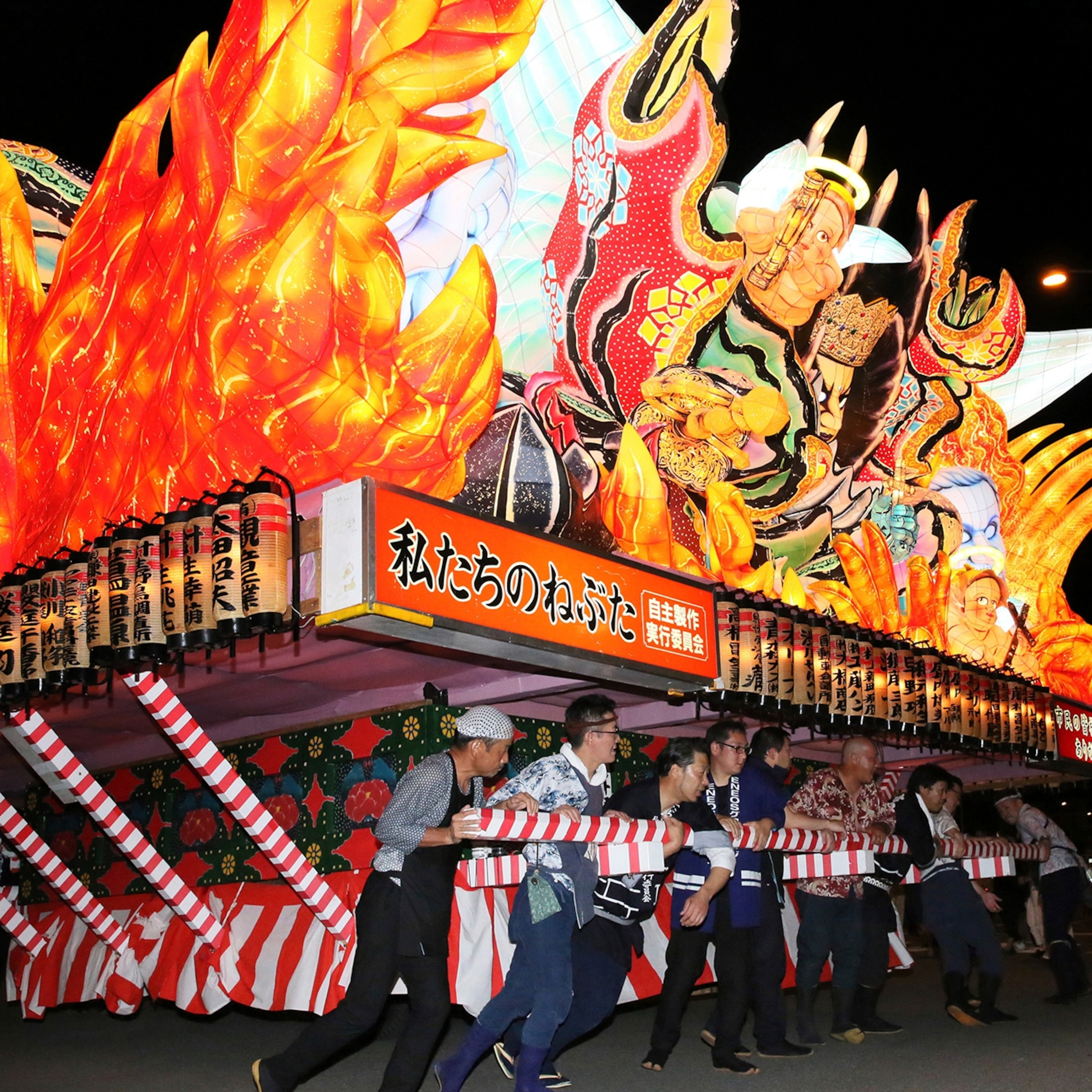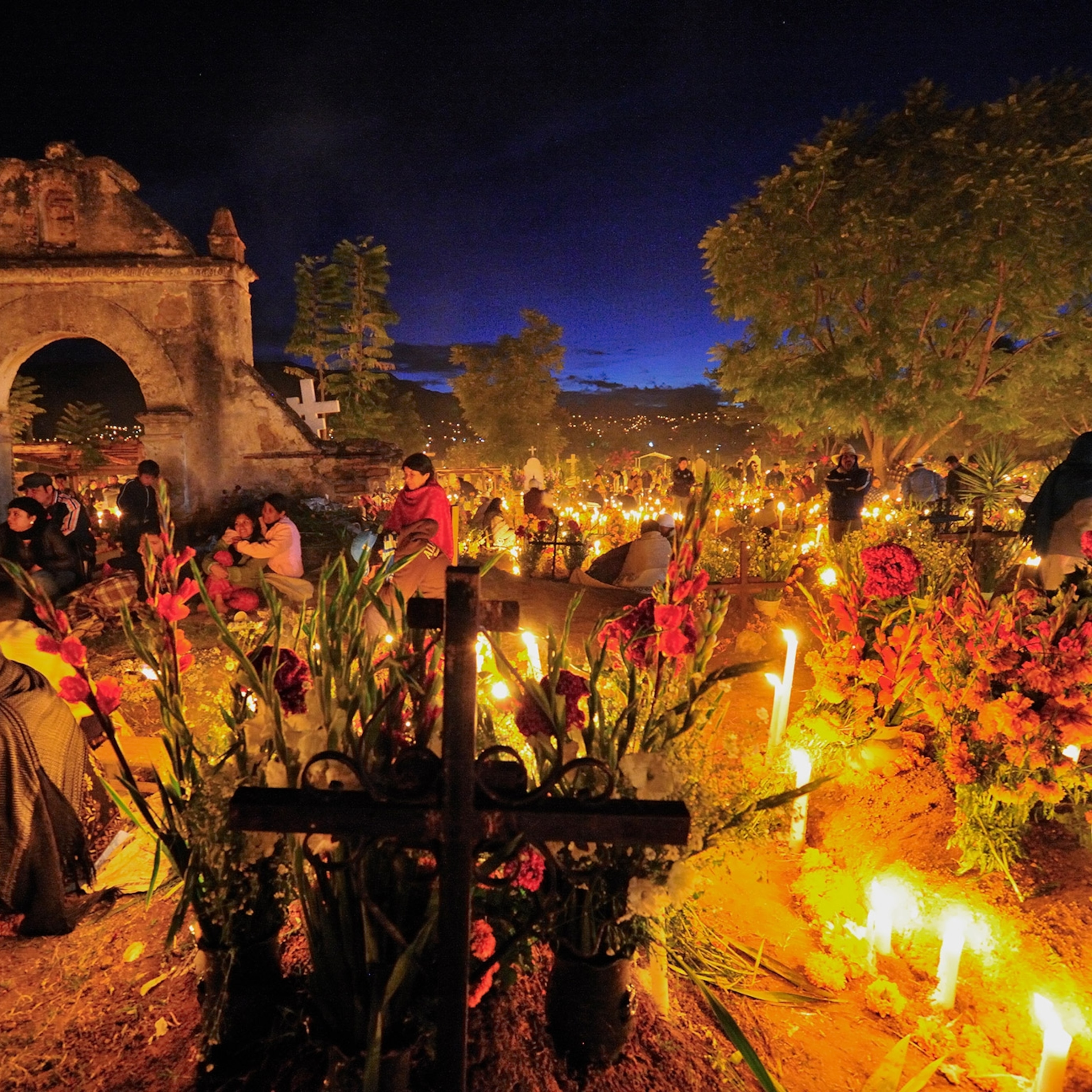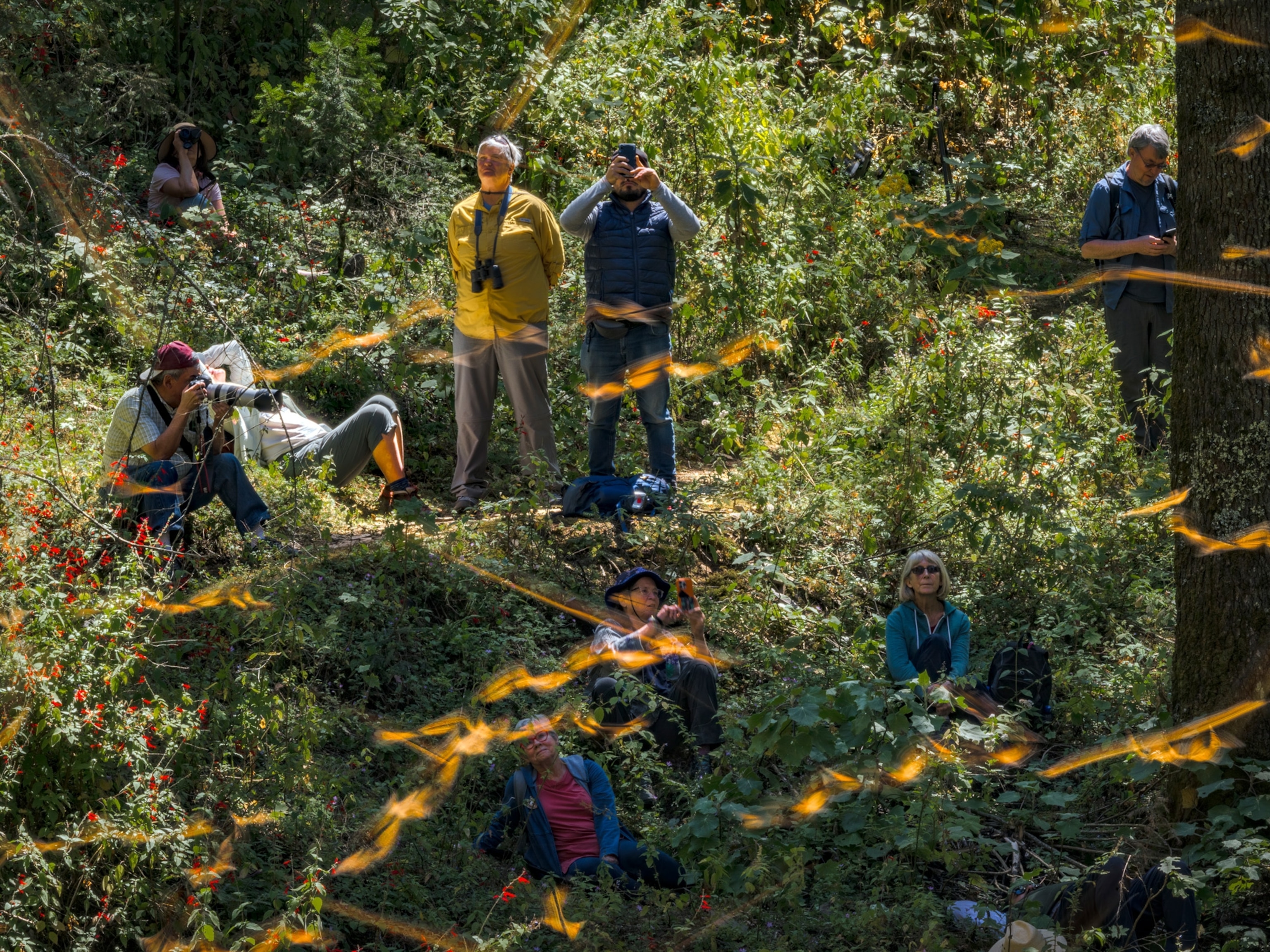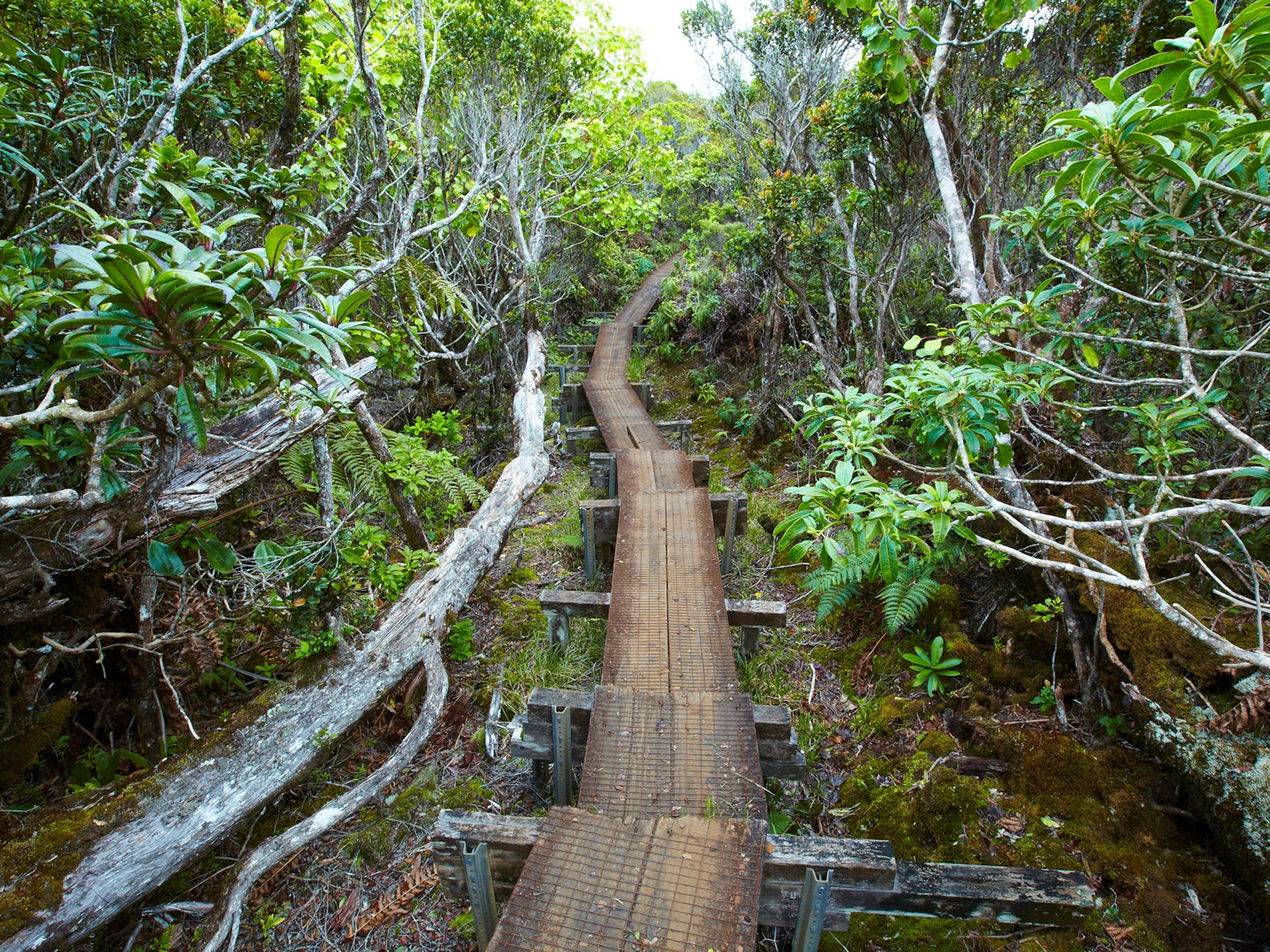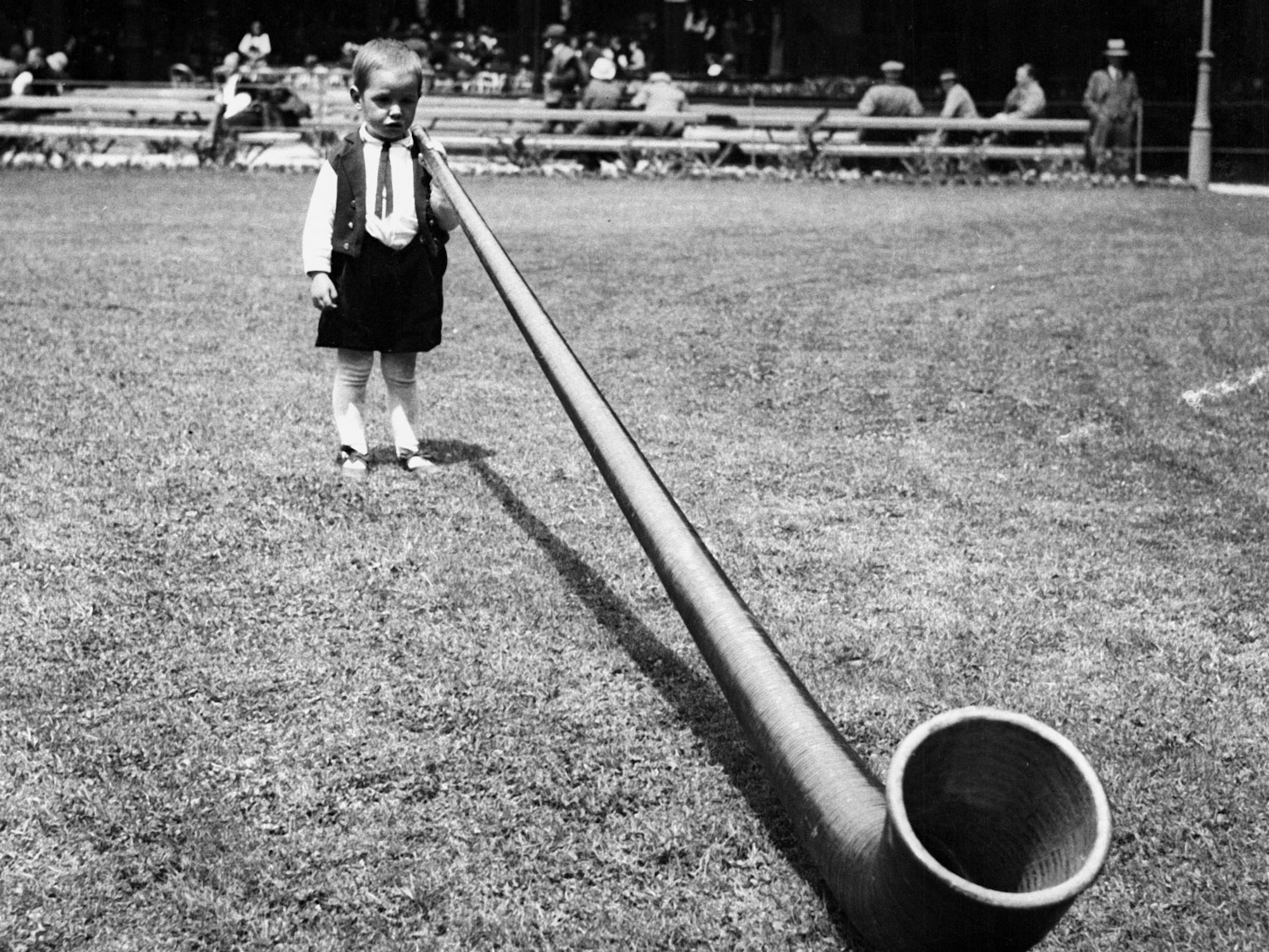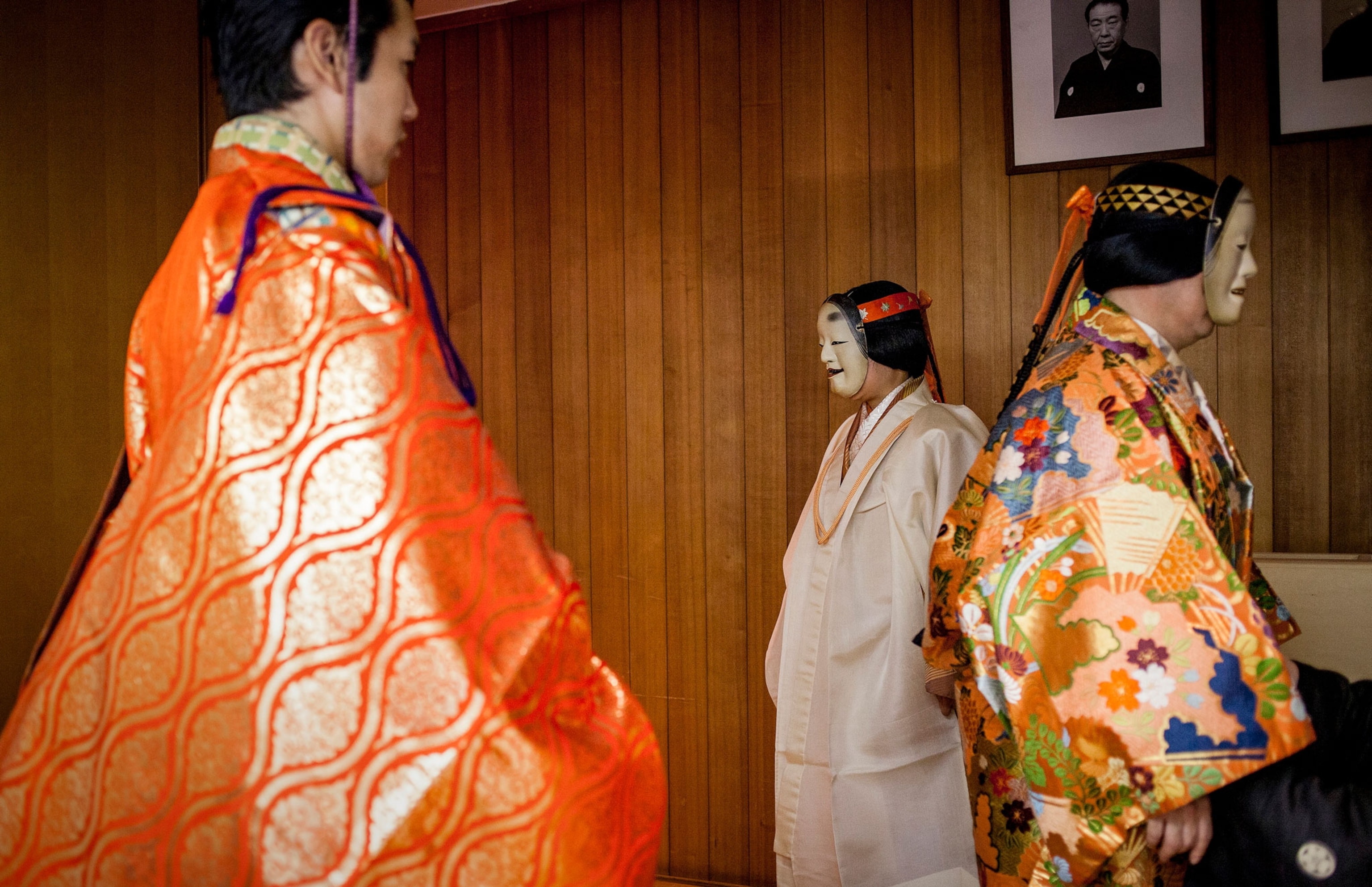
Kabuki and Noh are evolving with the times. Here’s how to experience them.
Artists are pushing boundaries in these centuries-old Japanese traditions—with innovative tech and popular manga.
In the ancient artform of Noh, masked figures clad in elaborate robes use songs and chants to weave tales of gods and ghosts, love and loss from Japanese legends. It emerged in the 14th century, making it one of the world’s oldest surviving theater traditions. But despite its long history and influence over other art forms—including Kabuki—Noh remains relatively lesser known.
Noh troupes employ movements and gestures that are exacting and deliberate. Since the masks hide human expressions, performers evoke emotions with slight tilts of the head; the audience must fill in gaps with their imaginations.
Comparatively, “Kabuki was created as a commercial theater, which means that putting on a spectacle was important,” says Tove Björk, a professor of early modern Japanese literature at Saitama University. A vivid blend of dynamic storytelling, bold makeup and music, and dramatic gestures, Kabuki quickly attracted foreign interest.
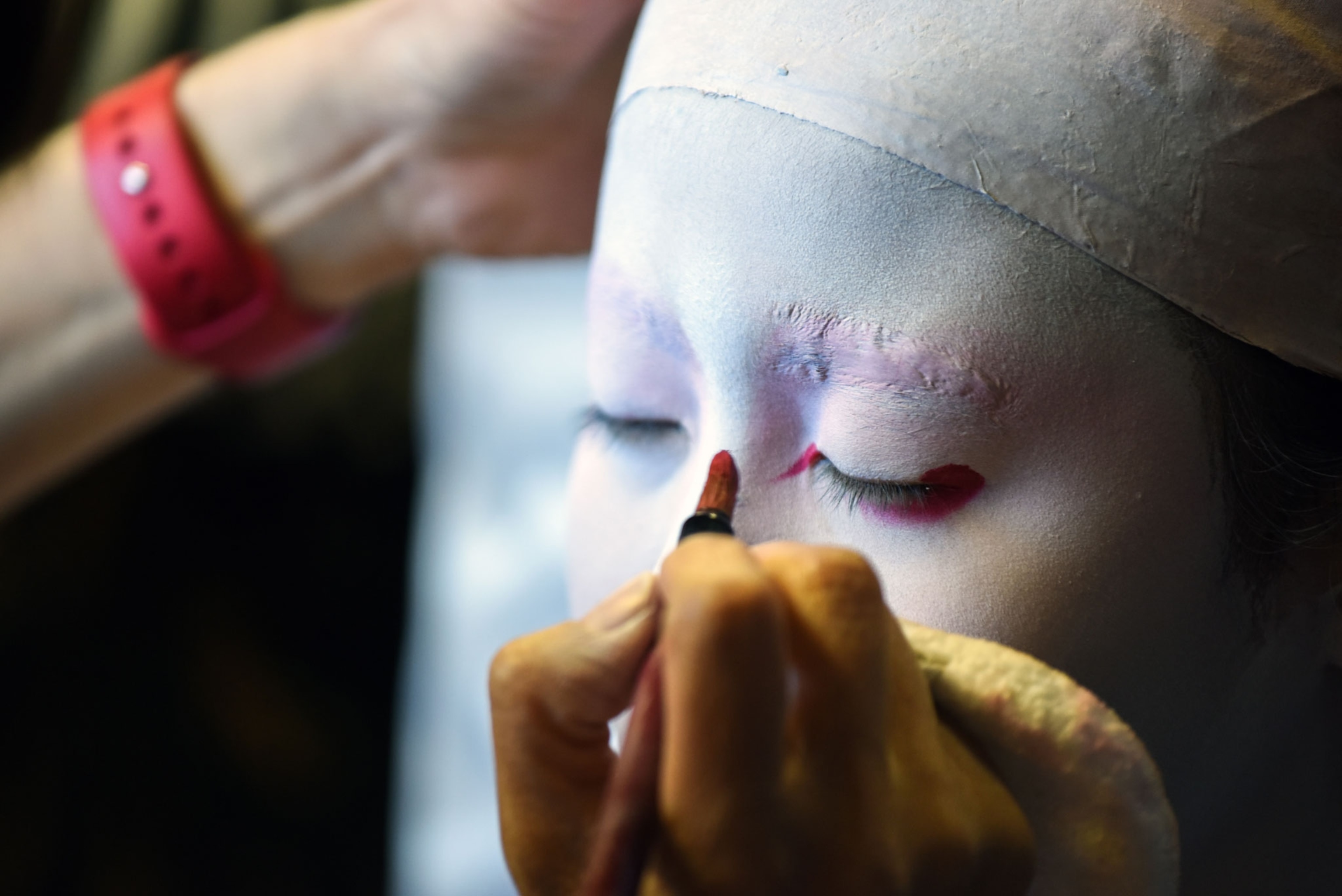
Although both Noh and Kabuki are steeped in centuries of tradition, innovations such as extended reality (XR), immersive stages, and adaptations from popular shows and manga are pushing the boundaries of both mediums.
Here’s what travelers need to know about Noh and Kabuki, how they’re changing, and where you can experience them when visiting Japan.
The birth of Japanese theater
“Noh is like a ‘mother art’ that artists delve into,” says Julia Yamane, the representative director of Discover Noh in Kyoto. Flutes and drums used in Noh are also utilized by musicians in Japan’s famed festivals, such as Gion Matsuri. Japanese fashion designer Issey Miyake incorporated oversized, Noh-inspired silhouettes into his Spring 1995 Ready-to-Wear collection. More recently, James Bond fans may recall No Time to Die’s villain Lyutsifer Safin, played by Rami Malek, donning a Noh-style mask.
(Japan’s perfect paper still thrives in towns steeped in history.)
Noh’s origin stems from sangaku, a variety of performances introduced from China in the eighth century that included acrobatics, magic, and music. Over time, sangaku evolved into comedies, known as sarugaku. As the art gained popularity during the 14th century, Kan’ami Kiyotsugu, the leader of a prominent sarugaku troupe, and his son began to lay the foundation for Noh. They folded the song and dance elements of dengaku and the spoken comedies of kyōgen to make the dichotomous combination of Nohgaku. Soon after, Kiyotsugu formed the Kanze School, one of the oldest of the five major schools of Noh theater.
In Tokyo’s affluent Ginza district, travelers can watch shows daily at the Kanze School Noh Theater. To those unfamiliar with Noh, the plays will seem rather static, both physically and dramatically, but they embody an aesthetic of austerity and elegance, unlike Kabuki. First performed in the 1600s, Kabuki used Noh instruments in its earliest form, “but combined it with provocative, often cross-dressing dances,” says Björk. “Printed Noh texts [also became] handy fodder for [Kabuki] playwrights.”
How Noh and Kabuki are changing
Innovation is an inherent aspect of Kabuki. The art “has always embraced, and worked hard on refining, the highest standard of technology because they want to dazzle as many spectators as possible,” says Björk. In recent years, Kabuki theaters have incorporated immersive projections and project mapping, including works from virtual reality sensation Hatsune Miku. During the COVID-19 pandemic, an AR app was developed so people could enjoy Kabuki at home. Kabuki theaters have also gained a wider audience by adapting stories from other art forms, from iconic Charlie Chaplin films to manga tales such as One Piece and Naruto.

Although Noh has been slower to adopt technologies compared to Kabuki, Diego Pellecchia, an associate professor at Kyoto Sangyo University and a Noh performer, says that recent VR shows and adaptations of manga, such as last year’s play based on the popular Demon Slayer: Kimetsu no Yaiba, performed at Osaka’s Ohtsuki Noh Theatre and Tokyo’s Kanze school Noh theater, are signs that efforts are being made to “renovate” Noh while still keeping true to tradition. “Only time will tell if Noh will be able to retain its core, if it will morph into a different art, or if it will become a museum piece,” Pellecchia says.
(These artists are reimagining the face mask. Here’s how.)
How to experience Noh and Kabuki
Public Noh and Nohgaku performances are held in several theaters across Japan. In Tokyo, the National Noh Theatre hosts regular shows in a 591-seat cypress wood showplace resembling a temple. A small museum of costumes and masks adds to the experience.
Discover Noh in Kyoto holds events across the ancient capital’s multiple venues, including the 452-seat Kyoto Kanze Kaikan. In partnership with GetYourGuide, Discover Noh in Kyoto also offers travelers the rare opportunity to meet a third-generation Noh actor at his in-home stage. Guests experience a private performance with clothing and masks dating back hundreds of years and a chance to try some of Noh’s methodical and rhythmic movements with the master.
See the highly stylized art form of Kabuki at Tokyo’s National Theatre or the circa-1889 Kabukiza Theatre. Kabuki shows tend to be long—up to four hours—but you can purchase a single-act seat to catch 30 minutes or one hour of entertainment.
For bespoke tours and pre-performance presentations, Taro, a luxury concierge service, provides access to private Noh theaters and guided Kabuki performances with prominent figures, such as Kikunosuke Onoe.
